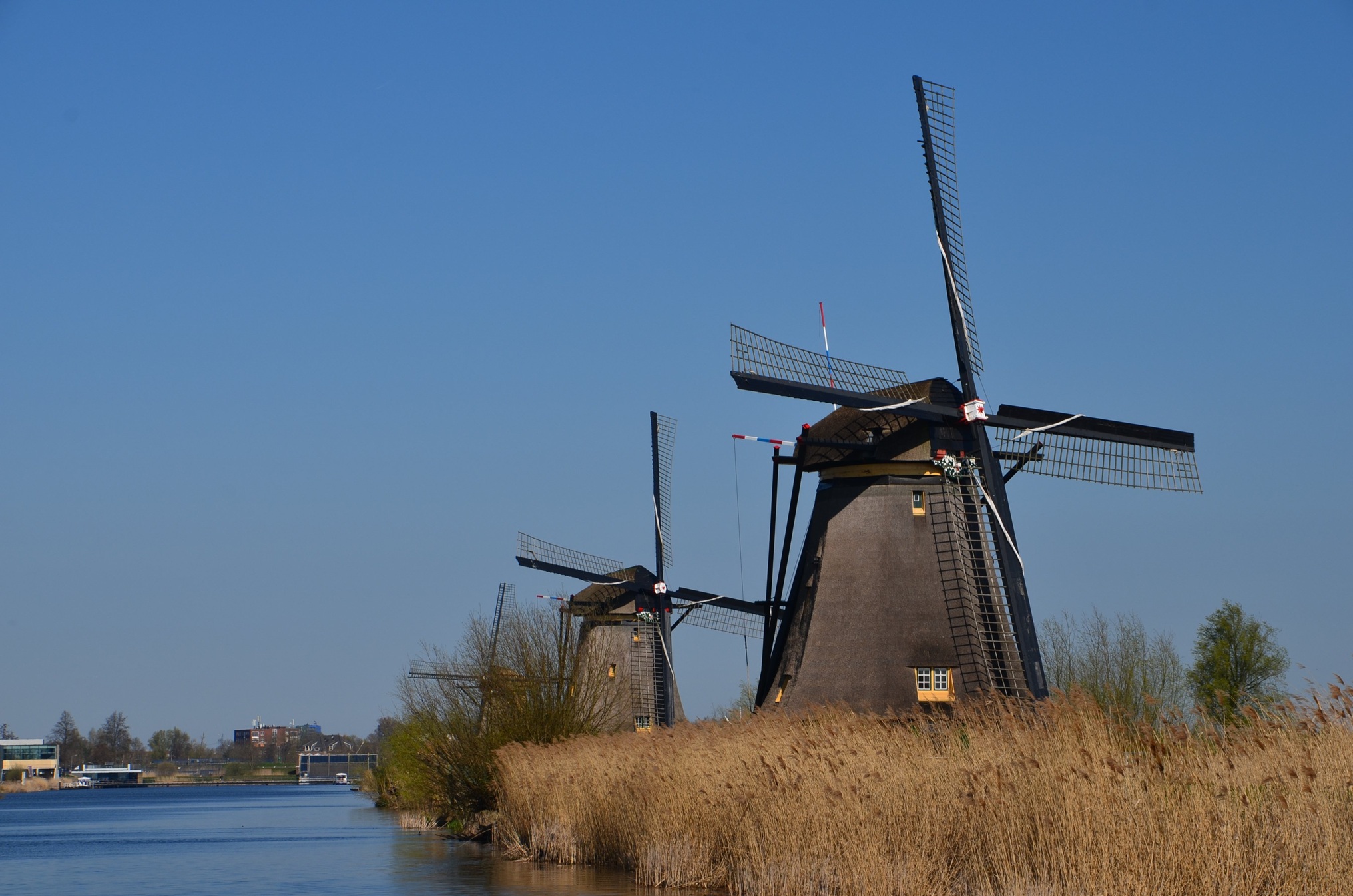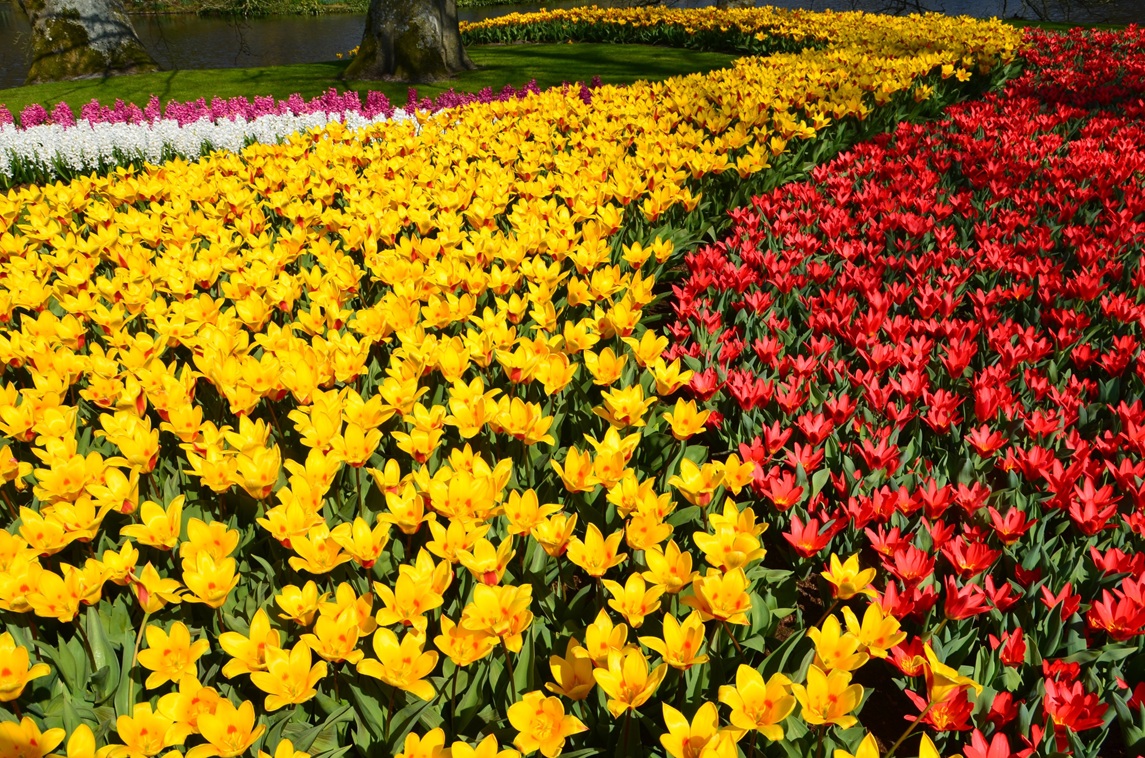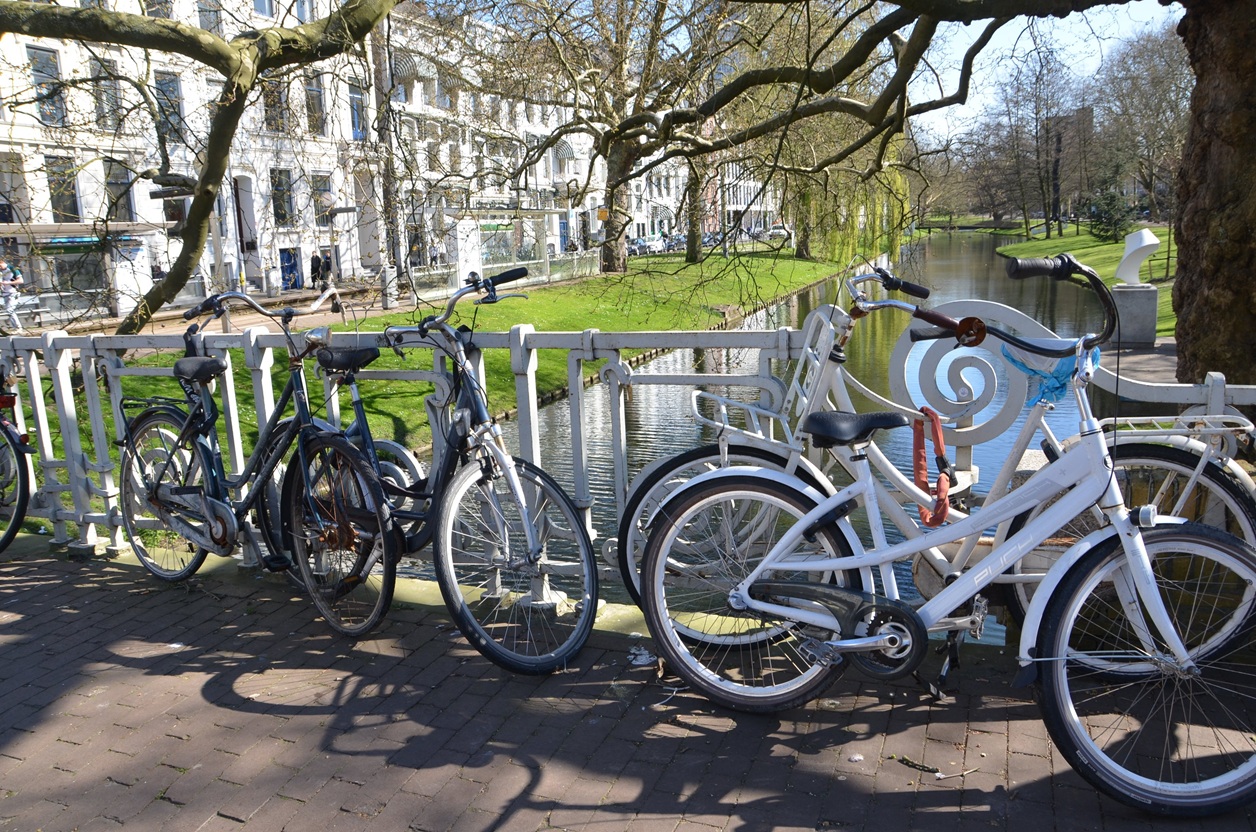
During my maiden visit to the Netherlands, almost two decades ago, like most first-timers I stayed in the capital city of Amsterdam, where all the alluring Dutch key characteristics come to reality.
This encompasses the cluster of vibrantly coloured gabled houses that overlook a network of winding canals and numerous bridges, a greater number of bicycles on the roads than cars and windmills that stand as silent witnesses to history, along with coffee shops that offer something stronger than caffeine and delicatessens selling the best Edam and Gouda cheese.
However, when I returned to the Netherlands recently I chose to stay in Rotterdam, the nation’s second-largest city which has been rebuilt with a 21st century outlook after being destroyed by the Germans during World War 2.
A different look and feel than the capital greeted me the moment I stepped in there. While there are some canals and ornamented bridges spanning across them and more bicycles on road than cars, the urban scenery appeared much newer and more modern than Amsterdam’s with architecturally bold buildings dominating the landscape.
To get my bearings right about the city layout, the first thing I did was to ascend the 1960-built 185m high Euromast tower from where an uninterrupted panorama of the entire city was available.
Spanning Nieuwe Mass River, the 800m-long Erasmusbrug Bridge, which since 1996 links the city’s north to the south, hit my eyes first by virtue of its size and the swan-like shape. Rolling my eyes in other directions I spotted the colossal port area dominated by the presence of large container vessels and on another frame a series of architecturally innovative tall buildings reflecting a silhouette of an ultra-modern metropolis.

"Rotterdam is an incubator for new architectural concepts," a local businesswoman I met while dining at De Matroos en Het Meisje Restaurant, that serves modern cuisine in a typical Dutch ambience, told me. The essence of her statement became clearer when I later visited Markthal or the Market Hall and Kubuswoningen or the Cube Houses. Located in the heart of the city, both the buildings stand as a beacon for architectural experimentation.
I had earlier visited several indoor markets halls in various parts of the world, but never came across anything like Markthal where luxury residential accommodation combines with a market, with several stalls thriving inside an arch-shaped building. Browsing there through various kinds of fresh products, delicacies and eateries with all kinds of world dishes was a discovery route for me.
Almost next to Markthal are the houses that looks like cubes. Those distinctive, tilted three-dimensional structures resting on hexagonal pylons explained to me why Rotterdam is becoming popular among savvy travellers as a destination to explore architectural innovation.
Newer-age thoughts are also echoed in the design of the city’s numerous museum buildings. While the Kunsthal, which provides a generous space for art exhibitions, resembles a modern version of a traditional Dutch dyke house, the round-shaped Depot Boijmans Van Beuningen, which is the world’s first art storage facility, has its facade covered by mirrored glass, reflecting its surroundings, from passers-by and clouded skies to the dynamic skyline of Rotterdam. As a fan of Dutch master Rembrandt, I was fortunate to discover there one of his rare artworks concealed among the racks in the storeroom.
People visit the Netherlands to see the windmills and a big benefit of staying in Rotterdam is its closeness to Kinderdijk, the paramount site in the country to dive into the world of windmills. Easily reachable in less than an hour by waterbus from Rotterdam Harbour, this Unesco World Heritage site is home to 19 18th century-built windmills all set in a rural setting. A trip there for me was an opportunity to stray off the beaten path and spend time with historic windmills in a tranquil and green environment. One of the windmills was functional so it was perhaps a lifetime opportunity to see and understand how these giant machines create energy and are used for water management.
My earlier visit to the Netherlands was in winter just prior to Christmas, so I explored the Christmas markets, admired the lights and decorations and revelled in the festive mood but didn’t see any real tulips which are a symbol of the nation, alongside their wooden shoes or clogs, cheese and windmills. So I timed this visit in springtime to match the tulip-blooming season and I was rewarded with an amazing floral experience.

Regardless of whether it is winter or spring, exploration of the Netherlands has consistently proven to be immensely rewarding for me.
Travel notebook
Getting there: Fly Air New Zealand (www.airnewzealand.co.nz) to Amsterdam.
Stay: The Usual Hotel (www.the usual.com) which reflects the city’s modern approach.
Eat — De Matroos en Het Meisje (www.dematroosenhetmeisje.nl) for a culinary delight in a Dutch ambience.
More info — www.rotterdam.info












